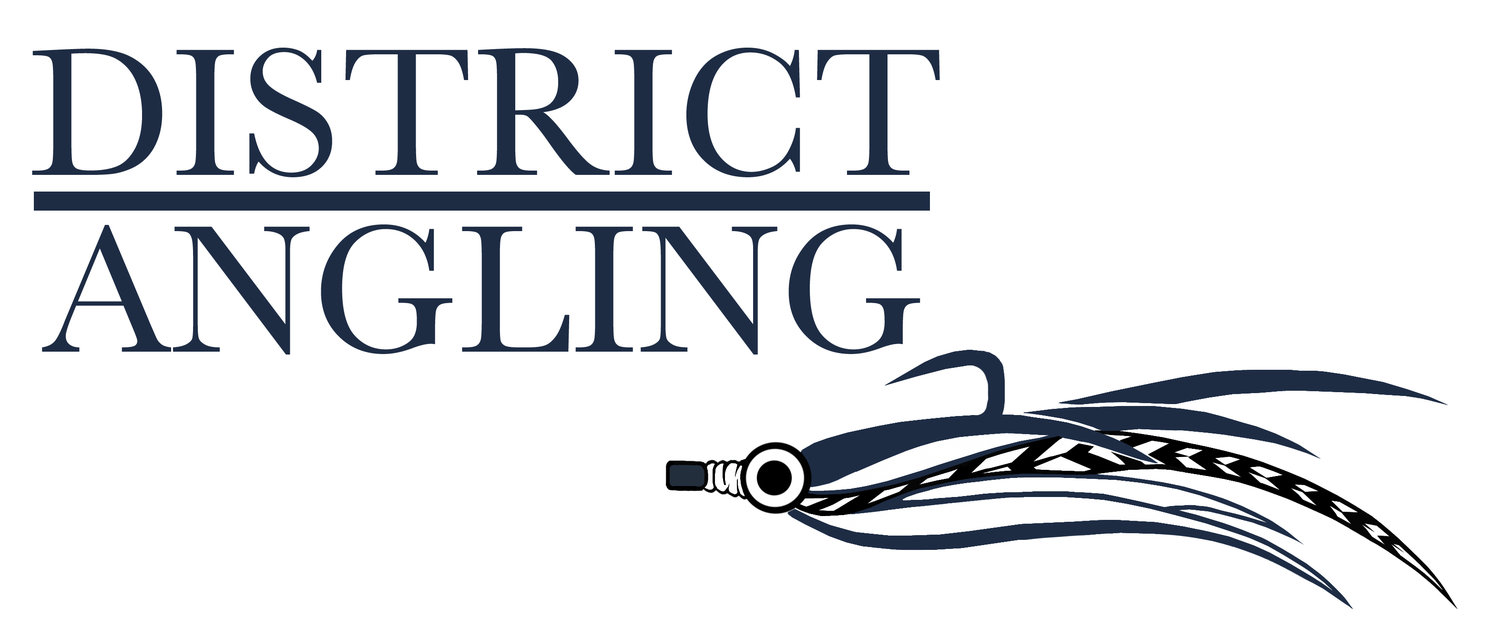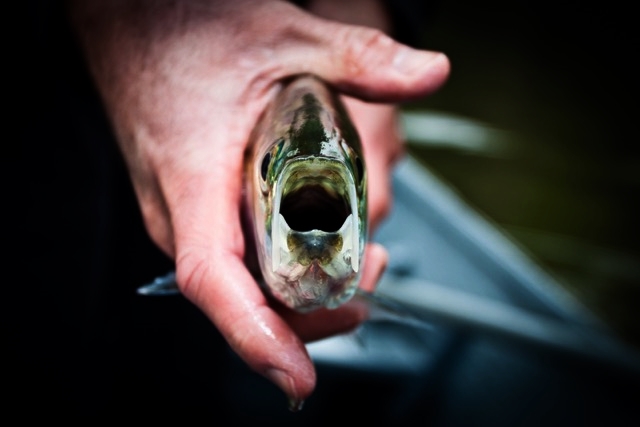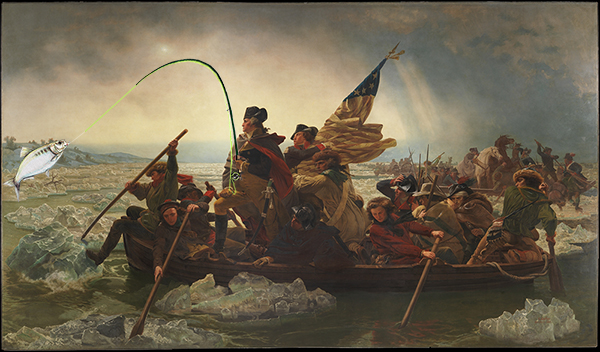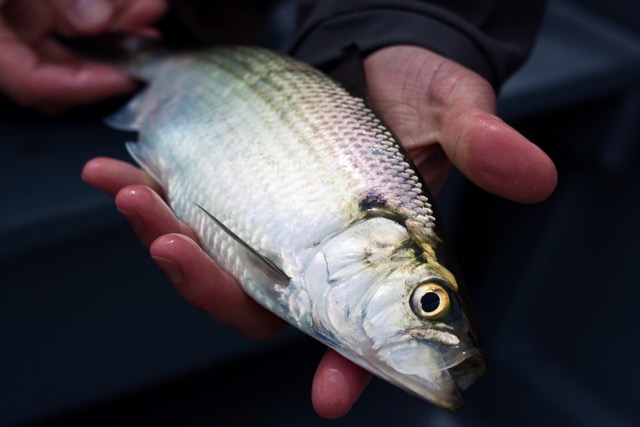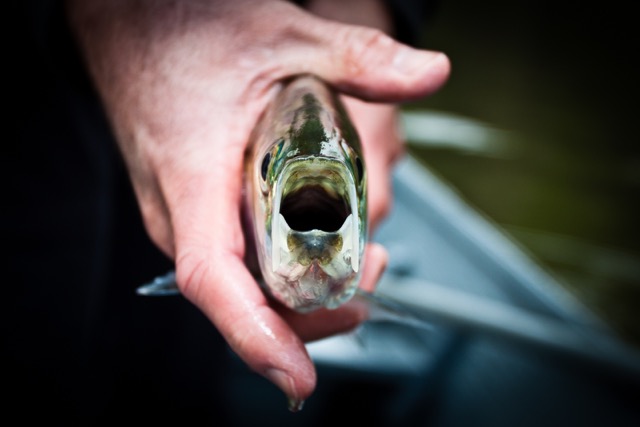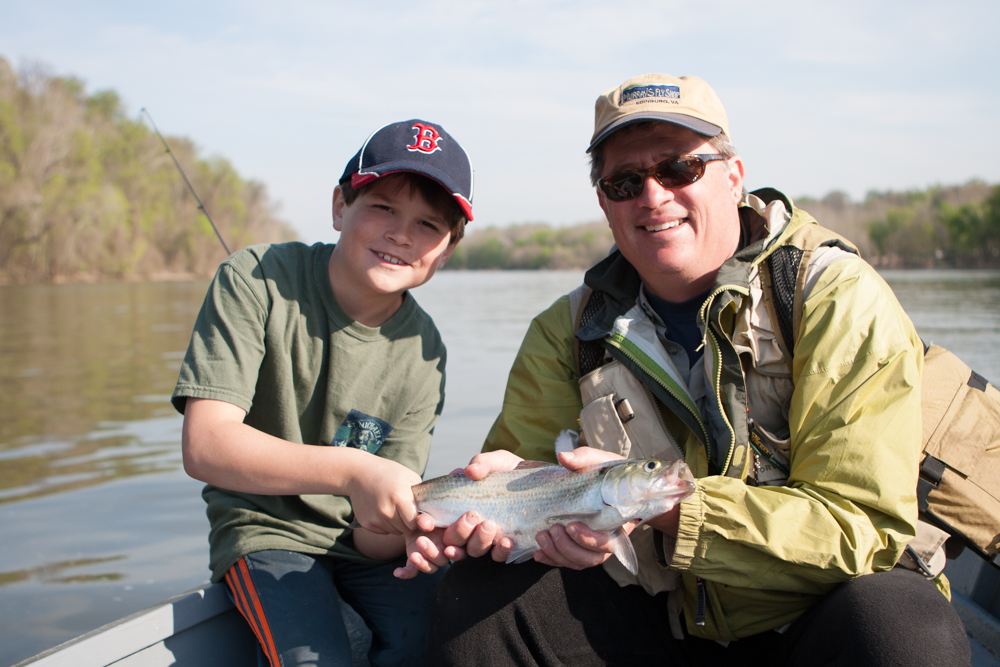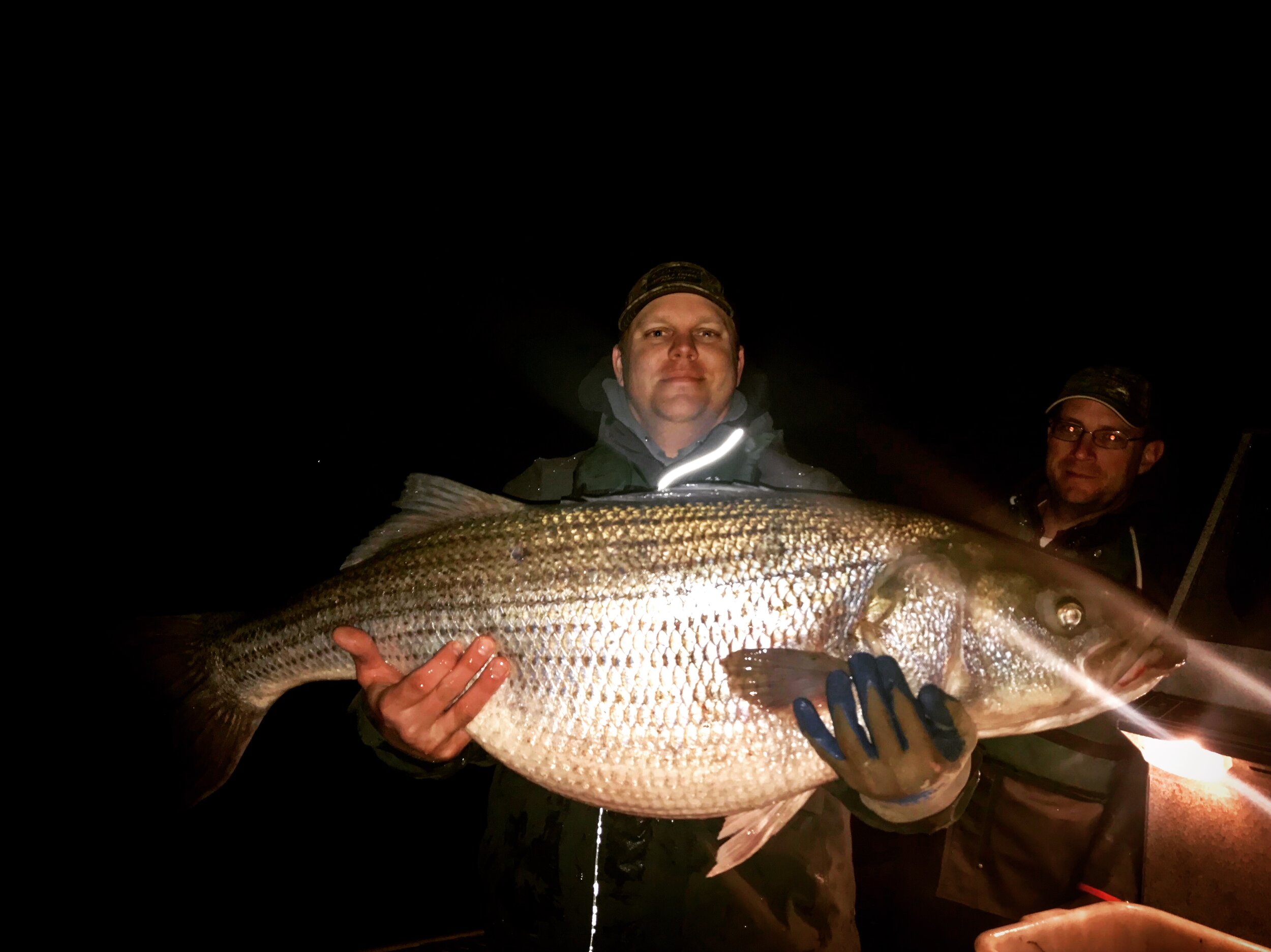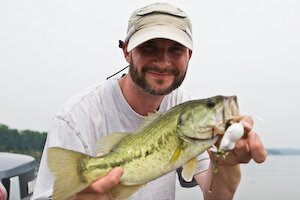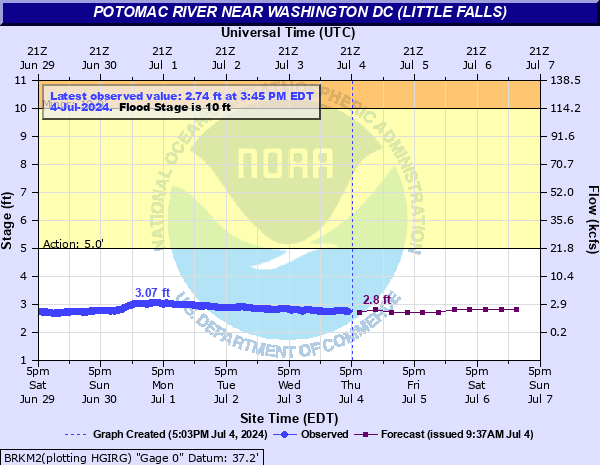It could be argued that the reason we exist as a nation is due to the American shad.
Shad have been called the founding fish for good reason. The arrival each year was a blessing and taken advantage of by the local Native Americans and early colonists. It’s been said that George Washington was indeed a shad fisherman in the spring, and that dried shad had saved his troops from starvation during the long harsh winter of 1776 at Valley Forge. Local fly fishermen also pursue the shad run. Generally arriving in early April, the shad stack up inside Fletcher’s Cove during moving tides, staging their continued progress upriver to spawn. Seasoned shad fishermen will row out and tempt them when the run is at its peak with colorful flies adorned with weight, color, and flash in the hopes that they will feel the electricity connecting the shad and angler. It is a social fishing scene, one that most local anglers hold dear.
In addition, just before the shad run, large striped bass make an appearance eating the herring that arrive by the millions. Most of these "rockfish", as they're known locally, will be between 8-12 pounds, with their weights climbing into the high teens and into the 20 and 30 pound mark. An electrosurvey of the Potomac River one year produced a 60lb. fish in the Georgetown area. These fish are not easily caught on fly gear... they sit in the depressions in the bottom along the river and will ambush their prey as it appears. Heavy jigs adorned with long feathers and flash will get their attention, so imitating that with your flies can sometimes work. If you hook into a fish and it runs downstream, you'll be delighted with your catch of a solid striper. If it fights you just below the boat, you have the potential of landing a world record blue catfish on fly tackle - they can reach upwards of 40 pounds.
Once the spring rains and flooding has subsided, the local schoolie striped bass, largemouth bass, yellow and white perch, and northern snakehead all start biting a bit better. As the water starts to clear and the submerged grasses grow, filtering the river more, the fishing gets tougher and the river warms, leading into the summertime largemouth bass frog fishing over lilypads and spatterdock. This is when flyfishing with deer hair bugs and topwater patterns become the most fun.
How To Fish This Section Of The River:
Fletchers Boathouse rents rowboats and kayaks when the Potomac is below 5.0 feet. Once the river is below 3.0 feet, the area is low enough to wade the entire river system.
Use the interactive map below - it highlights well known access points, popular fishing spots, and places where you can park to access sections of the river. Clicking the square target icon in the top right corner of the map will open the custom map in a dedicated window that you can download and save to your own maps or phone.
